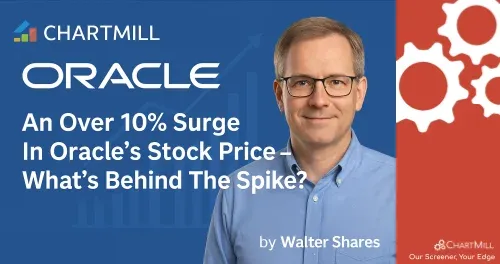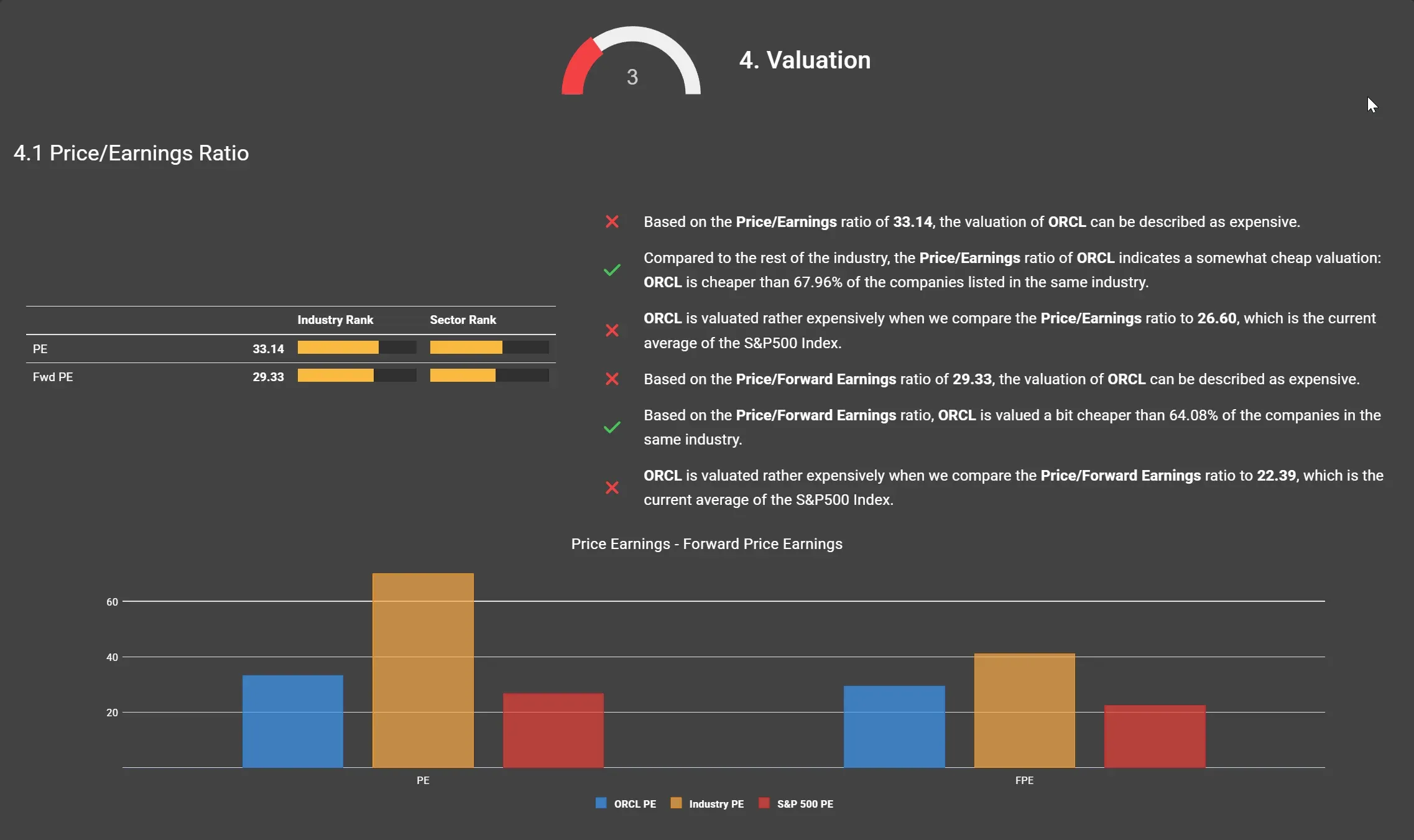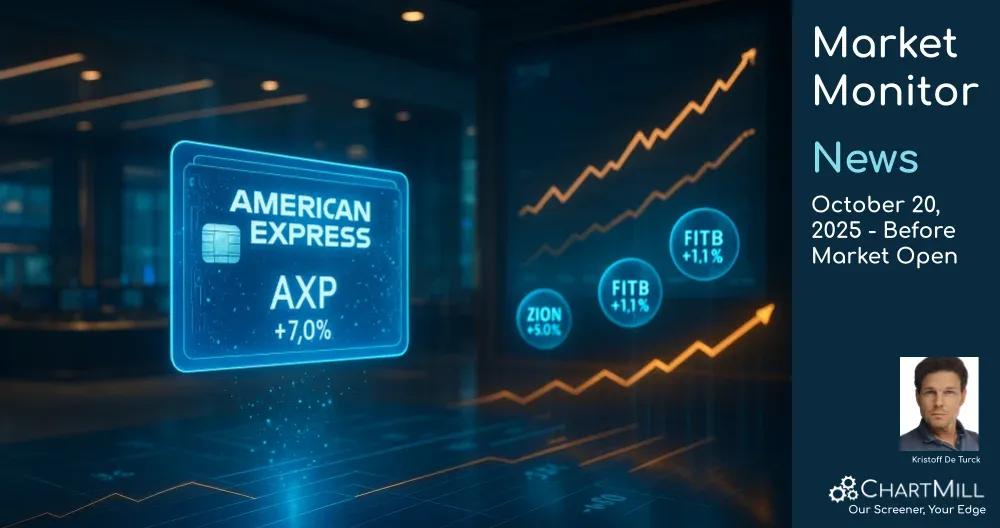Oracle Just Soared 13% on Earnings — Too Hot to Touch, or Still a Buy?
By Walter Shares - reviewed by Kristoff De Turck
Last update: Jun 13, 2025

Let’s be honest, you don’t usually expect 45-year-old enterprise software giants to pop like meme stocks after earnings.
But that’s exactly what Oracle (ORCL | +13.31%) did on June 12, jumping over 13% in a single session, breaking out to new all-time highs on monster volume.
As a long-term investor, I don’t get excited about every chart that goes vertical. But when a move like this is backed by fundamentals, real revenue growth, expanding margins, and a bullish long-term vision, I perk up.
So, what just happened at Oracle? And after a 40% run since April, is there still room to invest? Let’s dig in.
The Q4 That Got Wall Street's Attention
Oracle’s Q4 FY2025 results were, in a word, impressive:
-
Total Revenue: $15.9B (+11% YoY)
-
Non-GAAP EPS: $1.70 (beat by $0.07)
-
Cloud Revenue: $6.7B (+27%)
-
Cloud Infrastructure (OCI): +52%
-
Fusion ERP and NetSuite ERP: Both +20% range
And the kicker? Oracle’s Remaining Performance Obligations (RPO) jumped 41% to $138B, a staggering backlog that tells us one thing: demand isn’t just strong, it’s surging.
CEO Safra Catz laid it out boldly:
“We expect our total cloud growth rate to increase from 24% in FY25 to over 40% in FY26… Cloud Infrastructure growth could top 70%.”
In other words, Oracle isn’t just playing catch-up with the cloud-native crowd anymore. It’s gaining ground. Fast.
Why the Market Reacted So Strongly
You can almost hear the collective “finally!” from investors. Oracle’s pivot to cloud - once seen as slow and defensive - is now showing serious results. The numbers back it up:
-
Cloud infrastructure revenue grew 62% YoY last quarter
-
OCI consumption and multi-cloud deployments (with AWS, Azure, Google) are driving triple-digit growth
-
The company has 23 multicloud datacenters live and is building 47 more
This isn’t hype. This is scale.
And let’s not forget cash flow , operating cash flow hit $20.8B for the full year, up 12%, even as capital expenditures soared to support cloud expansion.
But After a 40% Rally… Is It Too Late?
That’s the million-dollar question.
From a technical point of view, the stock is extended in the short term. The daily chart shows a clean breakout above $198 with high conviction, a 13% gap up on heavy volume doesn’t lie. And the weekly chart confirms this move broke a long consolidation range that began in 2023.

Remember:
“Price is what you pay. Value is what you get.” – Warren Buffett
So let’s talk value.
At ~$200 per share, Oracle trades at roughly 33x trailing GAAP earnings, or closer to 27x forward non-GAAP EPS. For a company growing cloud revenue >30% and forecasting accelerated growth next year, that’s not unreasonable, especially in a market that’s happily giving 40x+ multiples to slower-growing peers.
Moreover, free cash flow has lagged in recent quarters due to aggressive capex, but Oracle is laying the foundation for long-term dominance in cloud. As that spending moderates, cash generation should surge again.

What I’m Watching as a Long-Term Investor
Here’s how I see it:
-
Fundamentals are strong and getting stronger
-
Growth outlook is accelerating, not peaking
-
Cloud business is maturing into a true engine, not just a side bet
-
Tru, the stock isn’t cheap, but it’s not in nosebleed territory either
-
Technicals suggest momentum, but short-term traders may want to wait for a retest
Conclusion: Not a Bargain, But Not a Bubble Either
Oracle is no longer your grandfather’s database company. This is now a full-scale cloud powerhouse that’s growing like a tech firm half its age.
After a 40% rally, it’s fair to expect some short-term cooling. But as a long-term investor, I’m far more interested in where this business will be three years from now than where the stock trades next Tuesday.
“In the short run, the market is a voting machine; in the long run, it is a weighing machine.” – Ben Graham
And the weight of Oracle’s results?
Well, the market just voted, and it voted loud.
Walter Shares, ChartMill
NYSE:ORCL (11/5/2025, 10:47:09 AM)
250.47
+2.3 (+0.93%)
Find more stocks in the Stock Screener
ORCL Latest News and Analysis







